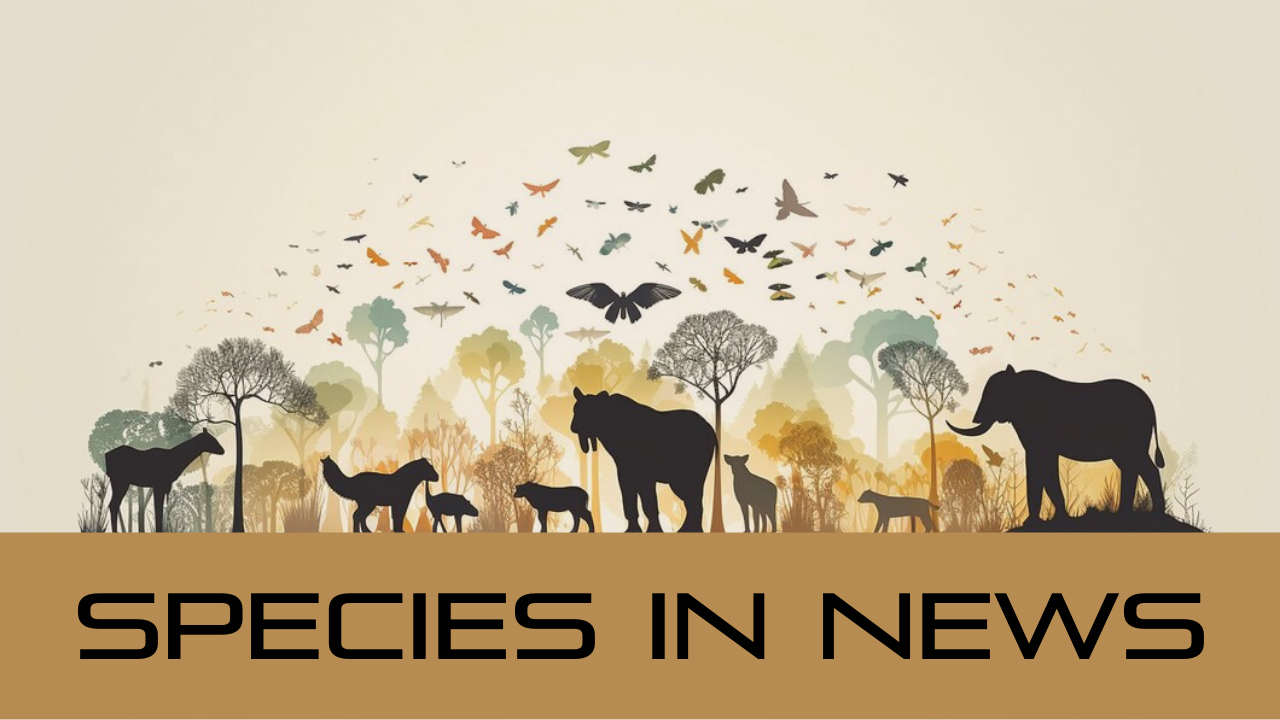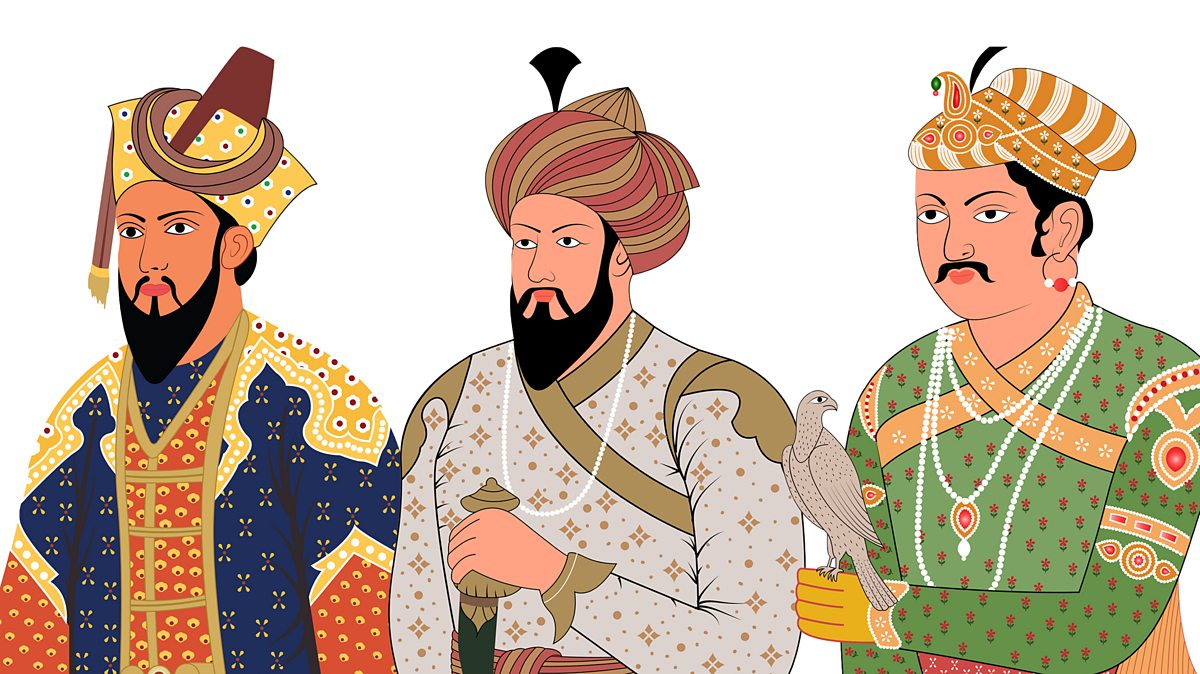Font size:
Print
Maurya and Davana Flowers
Context:
National Botanical Research Institute (NBRI)-Council of Scientific and Industrial Research (CSIR) undertook scientific research to preserve and produce Maurya and Davana flowers used in rituals of temples.
More on News:
- A year after signing a Memorandum of Understanding with the Shree Jagannath Temple Administration (SJTA), NBRI has been supplying the temple with flowers from the Maurya and Davana (Dayana) species.
- NBRI aims to meet the year-round flower needs of the Shree Jagannath Temple through its collaboration with SJTA.
Maurya
- Also known as orange jasmine or Chinese boxwood.
- It is a slow-growing, evergreen shrub or small tree with a compact crown and fine-textured foliage.
- It is characterised by smooth bark and pinnate leaves composed of up to seven egg-shaped to elliptical leaflets.
- Its flowers are fragrant, typically white or cream-coloured, and it produces oval, orange-red berries that contain hairy seeds.
- Its range extends from southern China and the Indian subcontinent across Myanmar and Southeast Asia, reaching Australia.
- It thrives in habitats such as thickets and montane forests, found at elevations ranging from near sea level up to 1,300 metres.
- It is valued especially for its essential oil, the yellow heartwood of larger specimens, and its range of medicinal uses.
- It is also known for the intense orange-blossom fragrance of its flowers and its small red fruits.
- It is often grown as a hedge and is widely planted in the tropics and subtropics as an ornamental.
Davana
- Davana (Artemisia pallens) belongs to the family Asteraceae.
- It is an important annual aromatic herb, much prized in India for its delicate fragrance.
- It is an aromatic, erect herb, about 60 cm tall, with many divided leaves and small yellow flowers.
- Origin and Distribution:
♦Native to the temperate Himalayas, it is common in regions like Kashmir Valley, Simla, and Nainital Hills.
♦Commercially cultivated in Karnataka, Maharashtra, Kerala, Tamil Nadu, and Andhra Pradesh over approximately 1000 hectares.
- It is found growing on various types of soils, from sandy loam to medium black.
⇒However, fertile, well-drained, sandy loam soil, which is rich in organic matter, is ideal.
- Davana sprigs are commonly used in garlands, bouquets and religious offerings.
The leaves and flowers contain essential oil, which is valued for its exquisite and delicate aroma and is used in high-grade perfumes and cosmetics.







